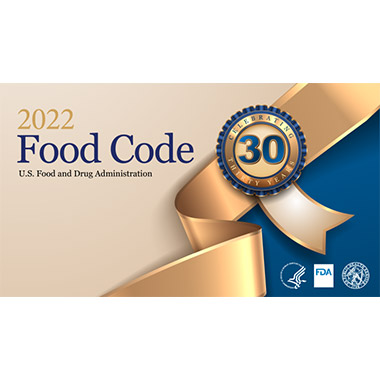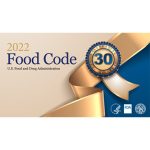In July, EPA released the draft guidance “Evaluation of Products for Claims against Viruses,” which proposes how registrants of antimicrobial products with sanitizing claims could add claims that these products are effective against viruses. The guidance, once finalized, would expand the availability of antimicrobial products that are effective against viruses such as SARS-CoV-2.
At the IAFP Conference in Toronto, Tajah Blackburn of EPA, Veronica Moore of FDA and Lee-Ann Jaykus of North Carolina State University, looked at the goals of EPA in proposing changes to registration and labeling of sanitizers that make viral claims, noting that the agency’s focus is on viruses transmitted by food. In particular, EPA is concerned with viruses known to be resistant to the most commonly used physical cleansers and disinfectants, and environmentally persistent viruses.
Under federal law, all antimicrobial products that claim to kill pathogens like viruses and bacteria on surfaces must be registered with EPA before they can be sold or distributed in the U.S. EPA primarily classifies antimicrobial products as sanitizers, disinfectants, and/or sterilants based on the product performance, test methods used to demonstrate efficacy, and microorganisms tested. Many products are registered with EPA as both sanitizers and disinfectants because they have undergone testing to support both claims.
The EPA noted in its announcement of the new draft guidance that products registered with only sanitizing claims may contain lower amounts of active ingredients and may have shorter contact times compared to products registered as disinfectants. Certain types of sanitizers can be used in food service and food processing facilities on surfaces such as dishes and utensils. Historically, EPA guidance has addressed the addition of claims against bacteria—but not against viruses—to products registered only with sanitizing claims.
Based on the proposed guidance, if laboratory data indicate that a product registered only with sanitizing claims meets EPA’s criteria for efficacy against viruses, the product could include claims against viruses on its label. New virucidal claims for sanitizers would rely on the same performance and testing standards currently used to assess products efficacy against viruses, such as disinfectants. If the draft guidance is finalized, it could lead to changes in the FDA Food Code to reflect new labeling regulations, said Blackburn.
EPA proposes to pilot this draft guidance over seven years to allow enough time to assess the outcome. Based on the outcomes, the agency will determine whether the guidance should be modified, terminated or made permanent.
The draft guidance is available for public comment (docket EPA-HQ-OPP-2023-0288) at regulations.gov.









